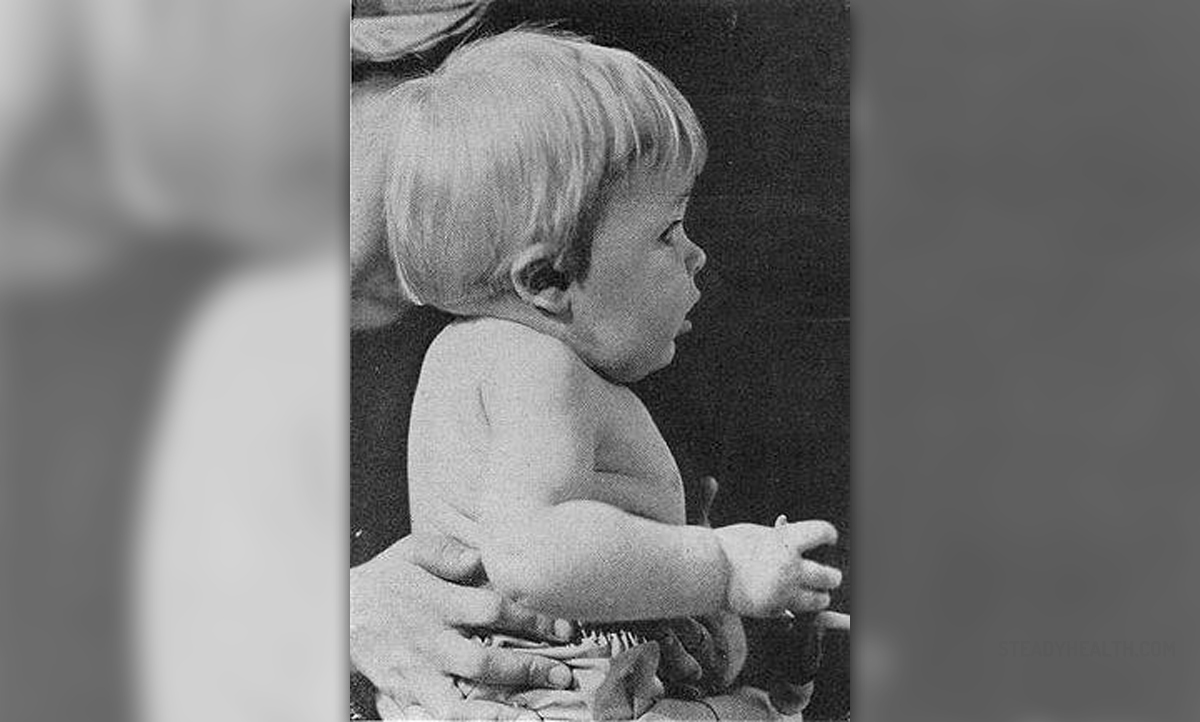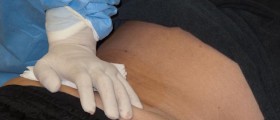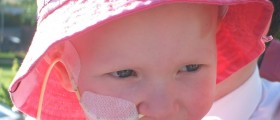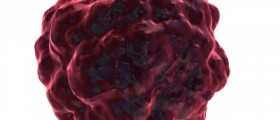
Klippel-Trenaunay syndrome is a medical condition which isof congenital nature and it can easily be characterized by hypertrophy of onelimb, varicose veins and port wine stains. It got its name after two Frenchdoctors who first described it in the last century. The exact causes of thismedical condition are largely unknown. Some sources claim that it is a mutationwhich takes place in the embryonic stages of life, especially in the cellswhich are in charge of forming the venous and lymphatic system. Fortunately enough,this medical condition is exceedingly rare. KTS can sometimes be confirmed with prenatal ultrasound in the form of certain capillary malformations.Statistically speaking, KTS affects both female and male babies equally.
Signs and symptoms of KTS
As already explained, KTS is a very rare condition so it cansometimes be misdiagnosed by the primary physician. The three mostcharacteristic signs of KTS include abnormal blood vessels such as thelymphatic vessels, capillaries and veins, excessive growth of a limb (which inmost cases is a leg) and a capillary malformation which covers either one orboth arms and legs. Not all children are affected by the condition in the same way.Some children may experience only milder forms of the syndrome with symptomssuch as limbs which are only slightly larger and small capillary malformations.Severe cases may involve much more significant differences in the sizes of thelimbs, and capillary malformations which may run from the chest all the waydown to the child’s legs. KTS can also be characterized by certaincommon symptoms such as differences in the size between the affected and nonaffected limbs, painful sensations and heaviness of the affected limb, anemiatriggered by blood loss induced by easy bleeding, excessive proneness todifferent types of infections of the skin and also blood clots. There are additionally certaincases of KTS which may be associated with the appearance of swollen veins andcertain types of lymphatic abnormalities such as swelling and cysts.
Diagnosis and Treatment
KTS is rather hard to diagnose, but it can be identifiedduring prenatal ultrasounds or later in life by performing a thoroughmedical exam accompanied by complete medical history of the child. Certainimaging tests may be of great help when it comes to diagnosing the syndrome properlyand determining which treatment options should be used later on. One should befully aware of the fact that there is no known cure for Klippel-Trenaunaysyndrome so it can get quite complicated when it comes to picking the mostappropriate treatment options. There are several different types of surgicaland non surgical types of treatment options for children who suffer from KTS.Anticoagulant therapy is one such option and it focuses on preventing abnormal blood clotting and formation of blood clots that easily reach the lungs or the heart, which is often fatal. This is why this type of therapy involves the use of blood thinningmedications. Heel inserts may be required in some cases of KTS because childrenwho suffer from KTS often have legs with different lengths. These inserts arehighly efficient in helping the patient to walk normally. It may be recommendedfor a child to wear compression garments on the affected limb because that maybe of certain help when it comes to reducing extreme swelling and the accompanying painfulsensations. Surgical solution usually involves orthopedic types of surgicalinterventions, but those are commonly used in the cases where the differencesbetween the limbs are too big. The surgery may involve reshaping of the foot ora procedure which is commonly referred to as epiphysiodesis. There are alsosome other surgical interventions available as options. Some of theexcessive problematic veins can get removed and the size of the affected limbmay be efficiently reduced by utilizing a so called debulking procedure.There are also other available treatment options for patients suffering from KTS.One such option is laser therapy which utilizes a pulsed dye laser. This laseris very efficient in lightening the patient’s capillary malformation. This typeof treatment may also be of great help when it comes to healing the bleeding lesions.Sclerotherapy is another type of alternative therapy for these patients. It is very efficient when it comes to shrinking the abnormally enlarged veins. There is a list ofspecialists which may be required during the rehabilitation periods and thosemay or may not include a hematologist, orthopedist, interventional radiologist,general surgeon, plastic surgeon and a dermatologist. Some cases may alsorequire the help of certain other sorts of specialists such as counselors,occupational therapists and physical therapists which are all of great help inincreasing the range of movement. Since the disease cannot be fully cured,there are certain factors which largely define the long term outlook.

















Your thoughts on this
Loading...